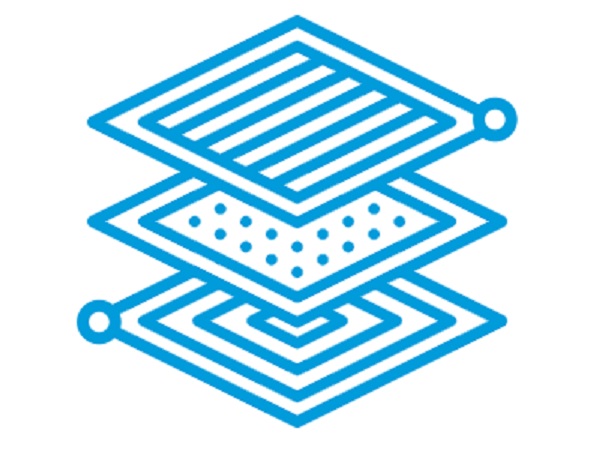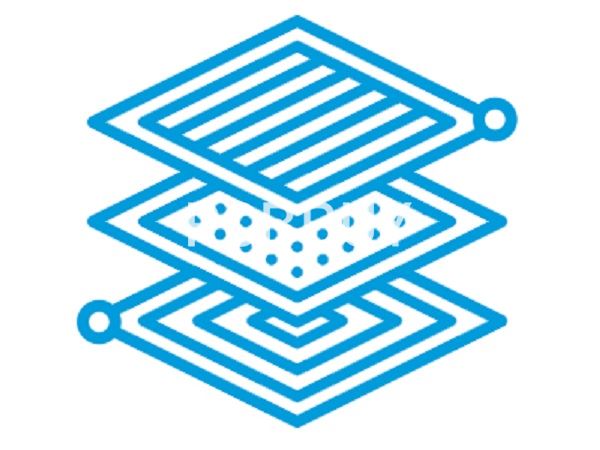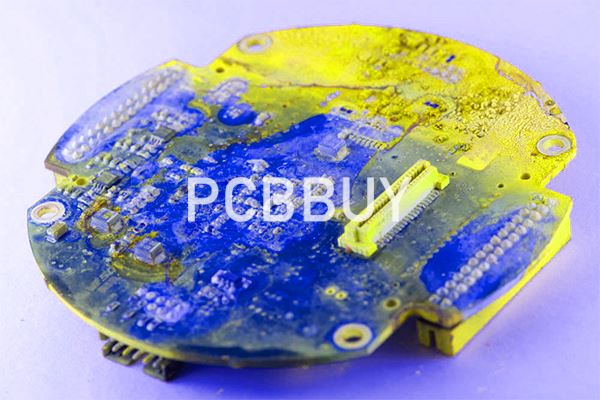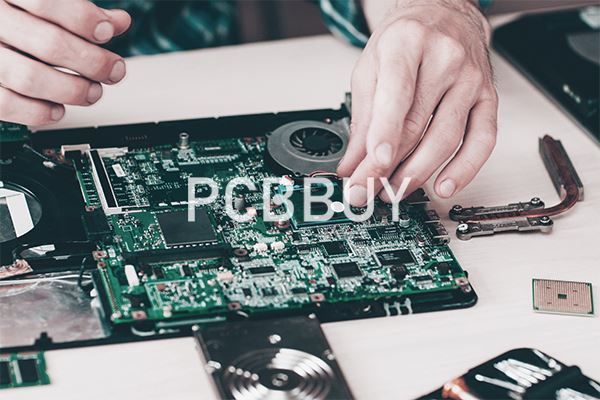Why Use Multilayer PCB & What Are the Benefits of It?
By:PCBBUY 03/11/2022 09:40

There are many reasons to use a multilayer board rather than just saving space. From a technical point of view, multilayer PCBs present several advantages in design. Owing to its lightweight weight and compact designs, multilayer PCBs are considered to be the best choice for various industrial applications.
Do you know why we use multilayer PCB? If you are curious about the details of multilayer PCB, please check and read the content below in this passage for more.

Why multilayer PCB is used widely?
The multilayer PCB is made up by two or more PCBs which are stacked together with reliable predefined mutual connection between them. There are at least three conductive layers in one multilayer PCB with two layers outside and the one layer synthesized in the insulation board. Due to the complex manufacturing process and lower production, the cost of multilayer PCB is relatively higher.
The out coming of multilayer PCB results from requirements of the development of electronic technology, such as high speed, multi-function, high-capacity, small size. On one hand, as the electronic devices is becoming smaller and lighter, single-sided PCB and double-sided printed pcb cannot match increasing assembly density due to the limit of available space. On the other hand, , there are many problems in the PCB layout such as noise, stray capacitance, crosstalk and so on. Therefore, the design of PCB must be committed to minimizing the length of the signal line and avoiding the parallel routes.
What are the 5 main advantages of multilayer PCB?
From a technical point of view, multilayer PCBs present several advantages in design. These benefits multilayer PCBs present include:
Small Size: One of the most prominent and lauded benefits of using multilayer PCBs lies in their size. Because of their layered design, multilayer PCBs are inherently smaller than other PCBs with similar functionality. This presents a major benefit to modern electronics, as the current trend is working toward smaller, more compact yet more powerful gadgets like smartphones, laptops, tablets and wearables.
Lightweight Construction: With smaller PCBs comes less weight, especially as the multiple connectors required to interlink separate single and double-layered PCBs are eliminated in favor of a multilayered design. This, again, is beneficial for modern electronics, which are geared more toward mobility.
High-Quality: Due to the amount of work and planning that must go into the creation of multilayer PCBs, these types of PCBs tend to be better in quality than single and double-layer PCBs. They also tend to be more reliable as a result.
Increased Durability: Multilayer PCBs tend to be durable by their nature. Not only do these multilayer PCBs have to withstand their own weight, but they must also be able to handle the heat and pressure used to bind them together. On top of these factors, multilayer PCBs use multiple layers of insulation between circuit layers, binding it all together with prepreg bonding agent and protective materials.
Enhanced Flexibility: Though this does not apply to all multilayer PCB assemblies, some do use flexible construction techniques, resulting in a flexible multilayer PCB. This can be a highly desirable trait for applications where mild bending and flexing may occur on a semi-regular basis. Again, this does not apply to all multilayer PCBs, and the more layers incorporated into a flexible PCB, the less flexible the PCB becomes.

What are the applications of multilayer PCB?
For numerous industries, multilayer PCBs have become the preferred option for a variety of applications. Much of this preference derives from the continuous push across all technology toward mobility and functionality. Multilayer PCBs are the logical step in this progression, achieving greater functionality while reducing size. As such, they've become fairly ubiquitous, used in many technologies including:
Consumer Electronics: Consumer electronics is a broad term used to cover a wide range of products used by the general public. This tends to include products used on a daily basis, such as smartphones and microwaves. Each of these consumer electronics contains a PCB, but an increasing proportion of them are using multilayer PCBs instead of standard single layers. Why? Most of the reason lies in consumer trends. People in the modern world tend to prefer multi-function gadgets and smart devices that integrate with the rest of their lives. From universal remotes to smartwatches, these types of devices are fairly common in the modern world. They also tend to use multilayer PCBs for their increased functionality and smaller size.
Computer Electronics: Everything from servers to motherboards uses multilayer PCBs, primarily for their space-saving attributes and high functionality. With these applications, performance is one of the most essential characteristics of a PCB, whereas cost is relatively low on the list of priorities. As such, multilayer PCBs are an ideal solution for many technologies in this industry.

Telecommunications: Telecommunication devices often use multilayer PCBs in numerous general applications, such as signal transmission, GPS and satellite applications. The reason for this lies primarily in their durability and functionality. PCBs for telecommunications applications are often either used in mobile devices or towers outdoors. In such applications, durability is essential while still maintaining a high level of functionality.
Industrial: Multilayer PCBs do prove more durable than several other options currently on the market, making them a good choice for applications where rough handling may be a daily occurrence. As such, multilayer PCBs have become popular in several industrial applications, most notable of which are industrial controls. From industrial computers to control systems, multilayer PCBs are used throughout manufacturing and industrial applications to run machinery, favored for their durability as well as their small size and functionality.
Medical Devices: Electronics is becoming an increasingly essential part of the healthcare industry, functioning in every corner of the industry from treatment to diagnosis. Multilayer PCBs are particularly favored in Medical industry for their small size, lightweight nature and impressive functionality compared to single-layer alternatives. These benefits have led to multilayer PCBs being used in modern X-ray equipment, heart monitors, CAT scan equipment and medical testing devices etc.
Industry Category











